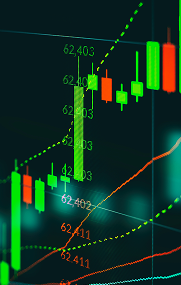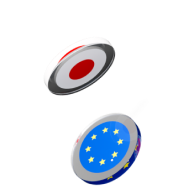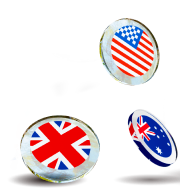Course overview
1. What is forex?2. Major and minor forex pairs3. How do you trade forex?4. Key features of the forex market5. How do leverage and margin work?6. Using risk management in forex7. Conclusion1. What is forex?
Level
Beginner’s
Time
30 minutes
Quiz
Test your skills
Course summary
Forex trading is an exciting and dynamic investment field where traders speculate on the value of fluctuating currencies. This guide will walk you through the basics of forex trading, using a relatable example to illustrate key concepts, and delve into the reasons why forex is a popular investment choice.
The forex market is the world's largest financial arena. It has daily transactions exceeding $6 trillion and operates 24/5 to facilitate global trade and currency exchange. Its unique feature is the constant fluctuation of currency values, influenced by factors like monetary policy, political events, economic indicators, commodity prices, and risk sentiment.
Forex trading capitalises on these fluctuations, serving three functions: speculation, hedging, and international trade, where companies settle invoices and payments in different currencies.
This principle is at the heart of forex trading: buying and selling currencies to profit from changes in exchange rates.
Base currencies in forex trading indicate the amount needed to purchase a single unit of the second or quote currency in a currency pair. A higher price quote indicates that it takes more of the quote currency to buy the same amount of the base currency, indicating a strengthening base currency.
Conversely, a lower price quote indicates that it takes less of the quote currency to buy the same amount of the base currency, indicating a weakening base currency.
“Base” vs. “quote” currency
If AUDUSD is $0.65, this means that you need 65 cents in US dollars to buy 1 Australian dollar. The Australian dollar is the first currency mentioned, so it's called the "base” currency.
The second currency in the pair is known as the “quote” currency.
Volatility and liquidity
Exotic currency pairs will generally see higher volatility, while major currency pairs tend to be less volatile. The reason for this is liquidity, currencies such as the euro, British pound, and Swiss franc have deep liquidity while emerging market currencies such as the Turkish lira, South African rand, and South Korean won will have far less liquidity available.


Quiz
1/2
How long are forex markets open?
Forex markets are open 24 hours a day during the business week, reflecting the global nature of currency trading.
B) 24/5
C) 12/7
D) 12/5



